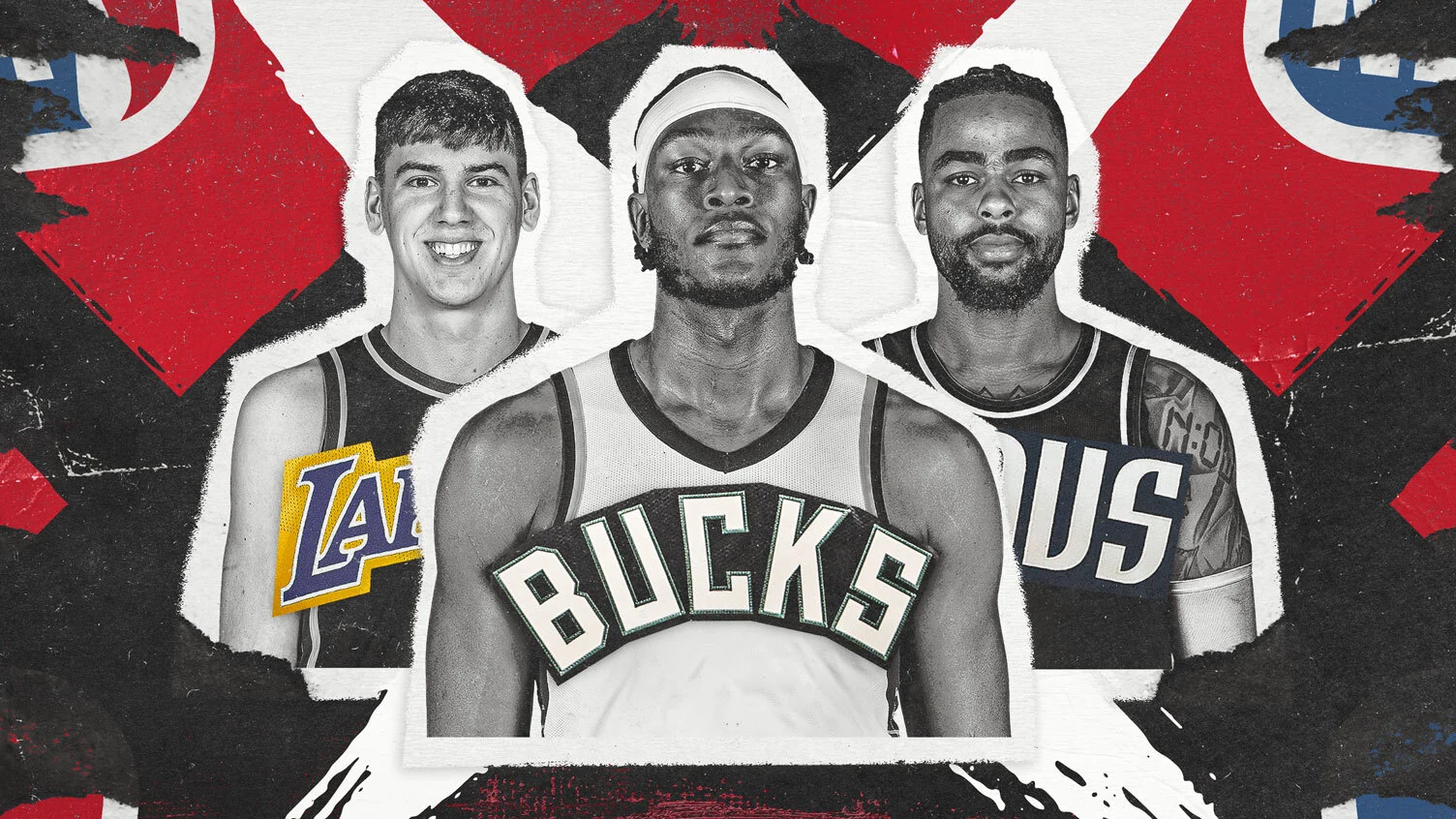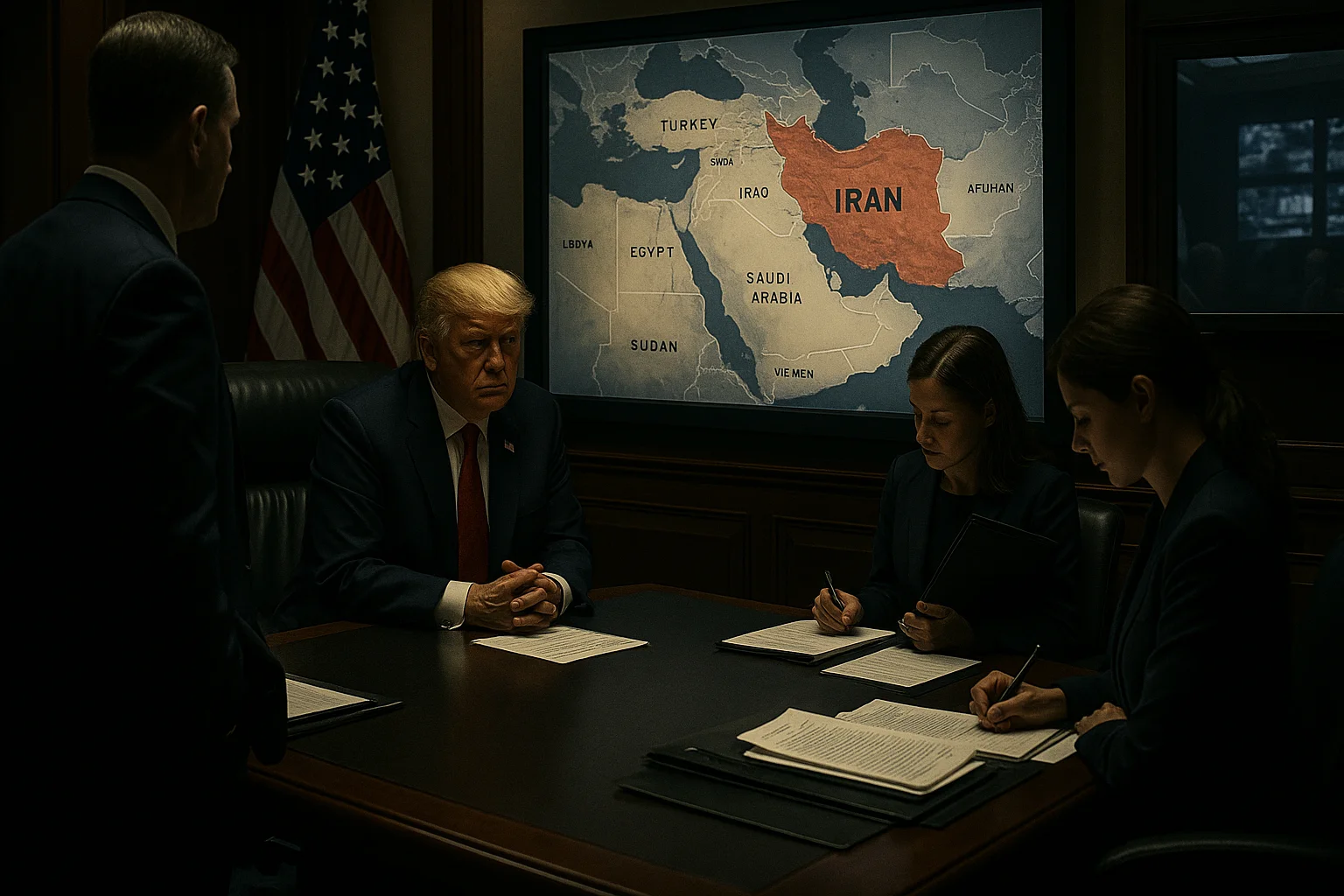2025 NBA free‑agency recap: seven of the summer’s most regrettable deals—highlighted by Milwaukee’s costly misstep.
16.07.2025
No “Bad” NBA Deals—Just Misplaced Money
Players collectively earn half of all basketball‑related revenue, so their hefty paychecks are justified. The real issue each summer is how franchises distribute those dollars while building a roster. In a tight 2025 market—where only the Brooklyn Nets had real cap room—several front offices still managed to misallocate funds. Here are the seven most puzzling contracts agreed to so far.
1. Myles Turner, Milwaukee Bucks
4 years, $108.9 million (player option in 2028‑29)
Turner’s $27.2 million average salary is perfectly reasonable for a solid starting center. He even weakened a conference rival by leaving Indiana. The problem is how Milwaukee created the space: waiving and stretching Damian Lillard’s $113 million left on his deal. The Bucks now owe Lillard $22.5 million per year not to play—effectively turning Turner’s price tag into nearly $50 million annually, or superstar money that will hamper any title push and eventually test Giannis Antetokounmpo’s patience.
2. Duncan Robinson, Detroit Pistons
3 years, $48 million ($18.8 million guaranteed)
Detroit faced little competition for the 31‑year‑old sharpshooter, whose previous contract was widely viewed as burdensome. Robinson brings elite shooting as insurance against a possible Malik Beasley absence, yet remains a replacement‑level wing who hurts on defense. The Pistons even gave up Simone Fontecchio—who shoots 40 percent from deep at half the salary—to land him.
3. Dennis Schröder, Sacramento Kings
3 years, $44.4 million ($33.3 million guaranteed)
Sacramento craved a traditional point guard but overreached for one who has become a serial trade chip. Schröder will be the ninth team in five seasons for the journeyman, whose previous, cheaper deal was dealt three times for minimal return. Paying nearly $15 million a year for a probable backup feels odd when Tyus Jones signed for $7 million in Orlando.
4. Clint Capela, Houston Rockets
3 years, $21.1 million
At $7 million per season, Capela seems inexpensive—until you realize Houston already committed roughly $50 million over three years to Alperen Şengün and Steven Adams. Capela slots in as an insurance big but projects as the third‑string center on a roster that may prefer small‑ball lineups. Even modest spending is questionable when the minutes might not be there.
5. Luke Kornet, San Antonio Spurs
4 years, $40.7 million ($24 million guaranteed)
Kornet parlayed a string of minimum deals in Boston into life‑changing money. The Spurs are betting that his per‑36‑minute productivity scales up beside Victor Wembanyama, but the 30‑year‑old has never averaged more than six points since his early Knicks days. San Antonio is paying near‑starter money for someone who has thrived only as a deep reserve.
6. Jake LaRavia, Los Angeles Lakers
2 years, $12 million
LaRavia was salary filler at February’s deadline, shuffled among three lottery teams that all passed on keeping him. The Lakers nevertheless rushed to sign the 6‑foot‑8 shooter for $6 million a year, neglecting bigger defensive needs around Luka Dončić, 40‑year‑old LeBron James, and Austin Reaves. Comparable veterans accepted minimum contracts elsewhere.
7. D’Angelo Russell, Dallas Mavericks
2 years, $11.7 million (player option in 2026‑27)
Even at less than $6 million per season, Russell’s high‑usage, low‑efficiency profile raises eyebrows. The one‑time All‑Star has not moved the needle for a winning team in years. Dallas plans to start him while Kyrie Irving recovers, potentially forcing rookie phenom Cooper Flagg to learn winning habits alongside a lead guard who often undermines them.
The Bottom Line
With scant cap space league‑wide, mistakes should be rare—yet a handful of teams still found ways to overpay or overspend for role players whose value looks doubtful once the games begin.





Leave a Comments